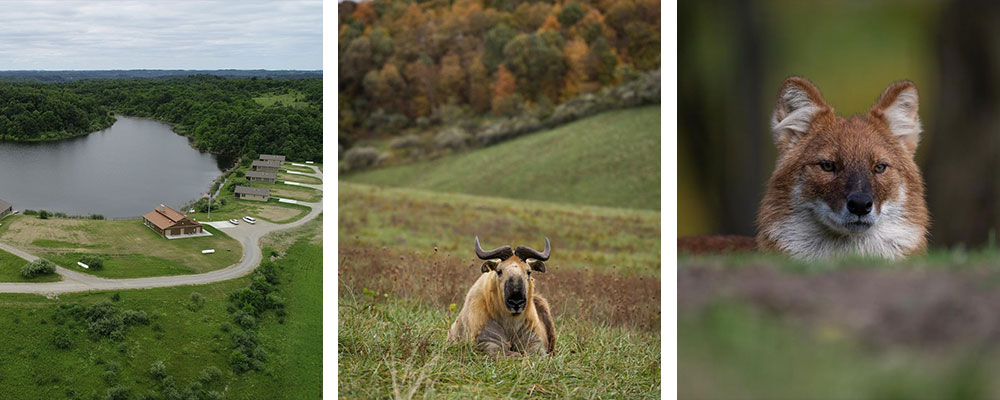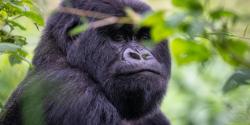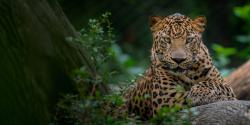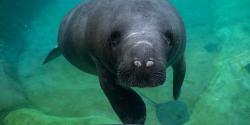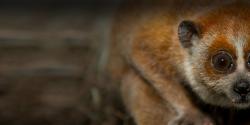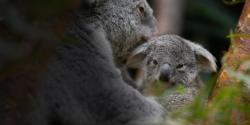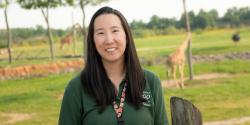The Wilds is a home to rare and endangered species, from around the globe, living in open-range habitats on large pastures. Over the years, we’ve also evolved into a completely immersive experience with zipline tours, horseback riding, fishing, and more…including one-of-a-kind, hands-on educational opportunities.
As one of the largest conservation facilities in North America, The Wilds takes education and conservation seriously…and the Conservation Science Symposium is helping to kick off those efforts in 2025.
We sat down with Dr. Priscilla Joyner, Director of Conservation Medicine at The Wilds, and Genelle Uhrig, Director of Ecology at The Wilds, to learn more about this upcoming education opportunity.
Bonus: Go on a “virtual safari” at The Wilds as you read!
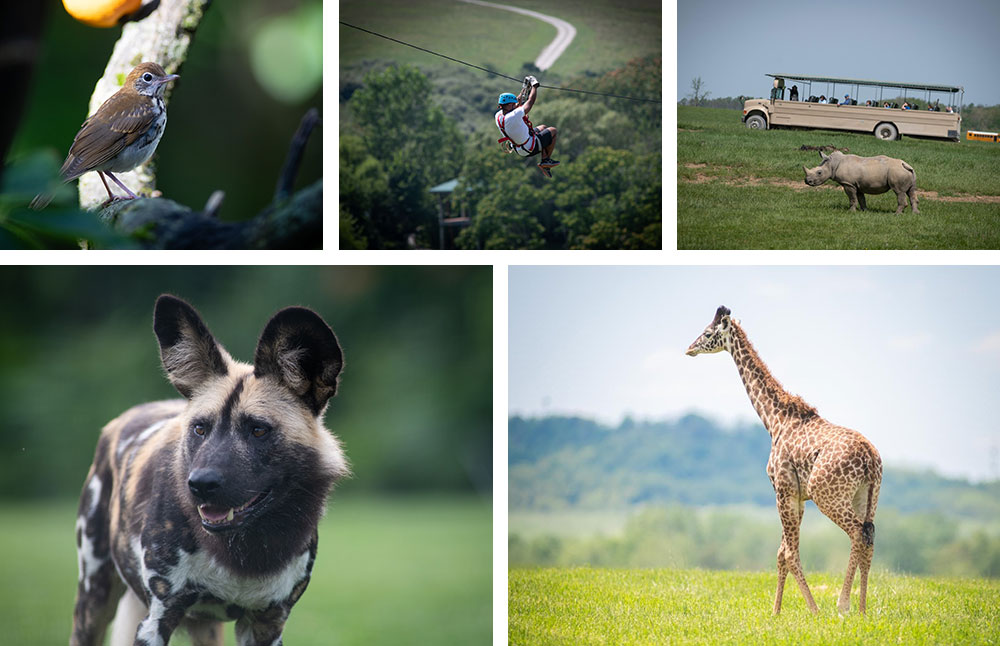
Tell us about The Wilds!
The Wilds is a conservation center and safari park located on nearly 10,000 acres of reclaimed strip-mined land in Cumberland, Ohio. Our mission is to lead and inspire by connecting people with wildlife. We do this in a multitude of ways, including behind-the-scenes tours and unique animal encounters with endangered species, summer camps for kids, education and training programs, research partnerships with universities, zoos, government agencies, and other non-profit organizations.
What is conservation science?
Conservation science is a broad term that combines interdisciplinary fields of study to protect plant and animal species and increase biodiversity locally, nationally, and internationally. Conservation can be complex, and scientists understand that to save wildlife, we also have to empower people. So, it is important to understand all potential barriers (environmental, social, etc.) to develop successful solutions.
You are co-hosting a conservation science symposium in March…tell us about it!
This year, the Conservation Science Symposium will highlight research partnerships and collaborations between The Wilds and a variety of institutions and organizations. This one-day event will feature 13 speakers focusing on landscape ecology, wildlife ecology and animal health at The Wilds. Additionally, several student projects will be featured in our poster session. Lunch will be provided for all registered guests.
We’re sure there will be a lot of interest in this opportunity. Who would be the ideal guest for this offering?
We are looking forward to hosting 250 scientists, conservationists, and students together to learn about the exciting projects at The Wilds.
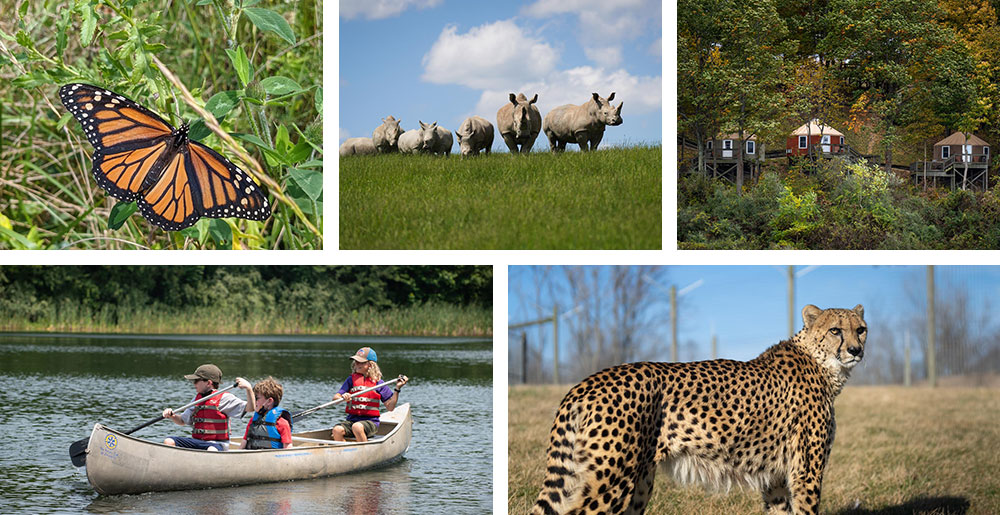
The symposium is being held locally at Muskingum University. Is this The Wilds’ first time partnering with them for efforts like these?
This is actually the third time that The Wilds has teamed up with Muskingum University to host a Conservation Science Symposium! The first was in 2018, then 2023, and we are proud to host this unique opportunity again with them in 2025 as we continue this great education partnership.
What are you most excited about as far as the schedule?
We are excited to host our keynote speaker, Dr. Terri Roth, an animal reproductive physiologist who serves as the Director of the Center for Conservation and Research of Endangered Wildlife (CREW) at the Cincinnati Zoo & Botanical Gardens. Dr. Roth is a long-time partner of The Wilds and will be discussing their most recent collaboration on the establishment of the American Institute of Rhinoceros Science (AIRS).
Where can those who are interested register to attend?
What is the cost?
Early Bird registration runs until February 20th where students are welcome to join us for $20 and non-student attendees for $25. Afterwards, registration is $35 for all attendees.
What do you hope attendees walk away with?
This symposium offers attendees the opportunity to connect and engage with professionals participating in modern, cutting-edge science and conservation. We hope participants come away with a better understanding of local conservation issues while also being inspired to join us in initiatives working to make a difference for the future of wildlife.
